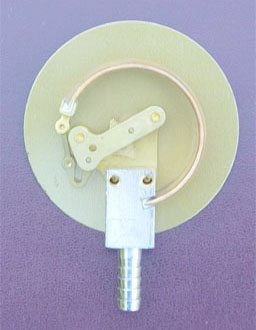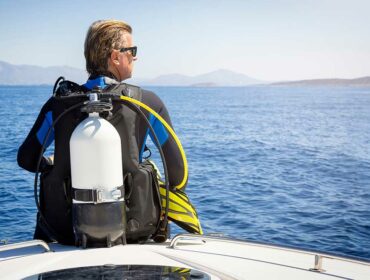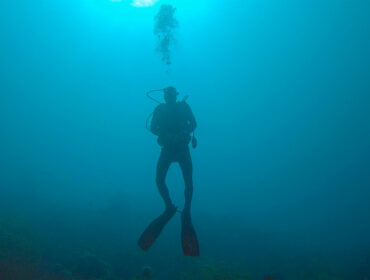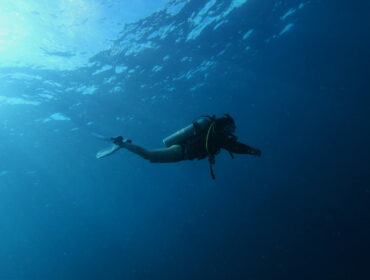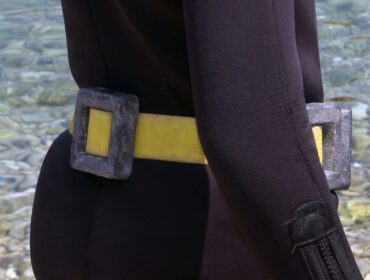Submersible Pressure Gauges or SPG’s essentially measure the amount of remaining air pressure in a Scuba air tank. SPG’s are connected to the high pressure hose in the first stage before the air travels to the pressure-reducing second stage valves. Pressure gauges usually are classified into two kinds mechanical or digital.

Mechanical SPG’s
Mechanical SPG’s generally use what is known as a Bourdon tube which is a non-liquid pressure measurement device comprised of a curved tube open to external pressure input on one end and is coupled mechanically to an indicating needle on the other end. Air pressure pushes against a diaphragm which in-turn pushes against the oil-filled tube, causing the coiled tube to expand like a filled garden hose. The tube end is attached to a fixed lever that turns the indicating needle which then indicates pressure on a graduated dial. Mechanical SPG’s require a high pressure hose to connect to the first stage. Standard mechanical SPG’s can be an independent gauge i.e. one dial attached to the high pressure hose, or part of a console, with a compass and a depth gauge as a part of the instrument console.

Mechanical SPG’s are also found in the form of button gauges which are simply circular button shaped gauges not connected to a high pressure hose, but directly to the first stage of the air tank. As button gauges are difficult to read if mounted on a divers primary air-source, they are often used on sideways mounted additional air-sources or on pony-tanks or air bottles.

Digital SPG’sDigital SPGs use a transducer, an electronic device that converts pressure into voltage. The voltage is then converted into a digital signal that drives a digital readout.
Digital SPG’s can be Hoseless or Dive Computer Integrated. In a Hoseless Digital SPG, the transducer is connected to a wireless transmitter which can be directly connected to the first stage without an SPG hose. The pressure readout display contains a receiver that can be placed into an instrument console. Certain wrist worn dive computers have built in receivers, and come along with the transmitter which can be attached to the first stage. These are known as Dive Computer Integrated Digital SPG’s.

So how do you choose your SPG? Digital or Mechanical? Preference varies from diver to diver, each type of SPG has its own Pro’s and Cons. Some divers prefer to use both to get an accurate reading; a mechanical SPG on the high pressure hose and wireless transmission to their dive computers where they can use both. Wireless SPG’s are costly, and depend on a battery source which may fail or be susceptible to extreme temperatures. However they enable the diver to look at one single instrument console or computer for all their information, and streamline the scuba diving equipment as they eliminate the need for a SPG hose.

